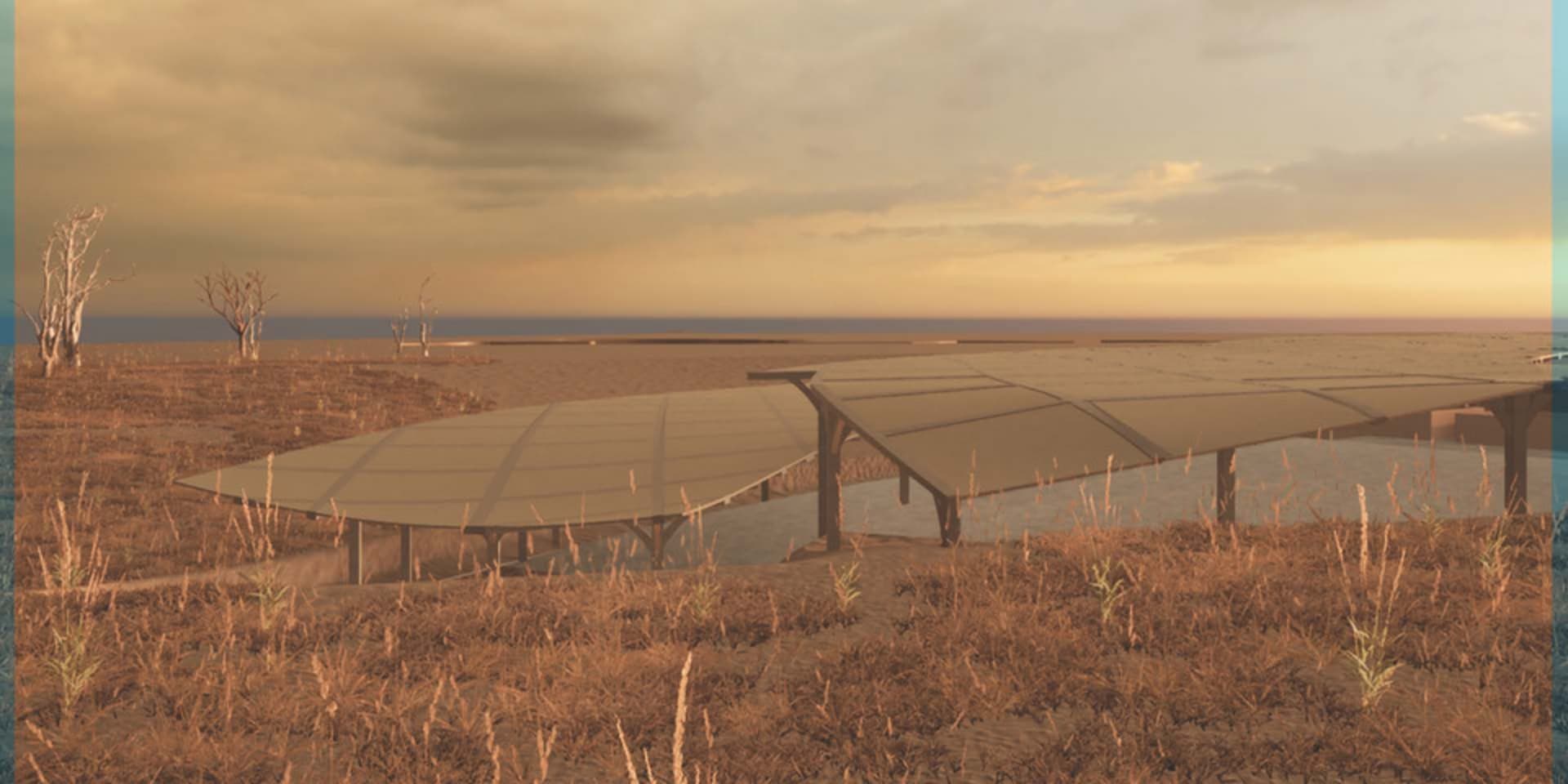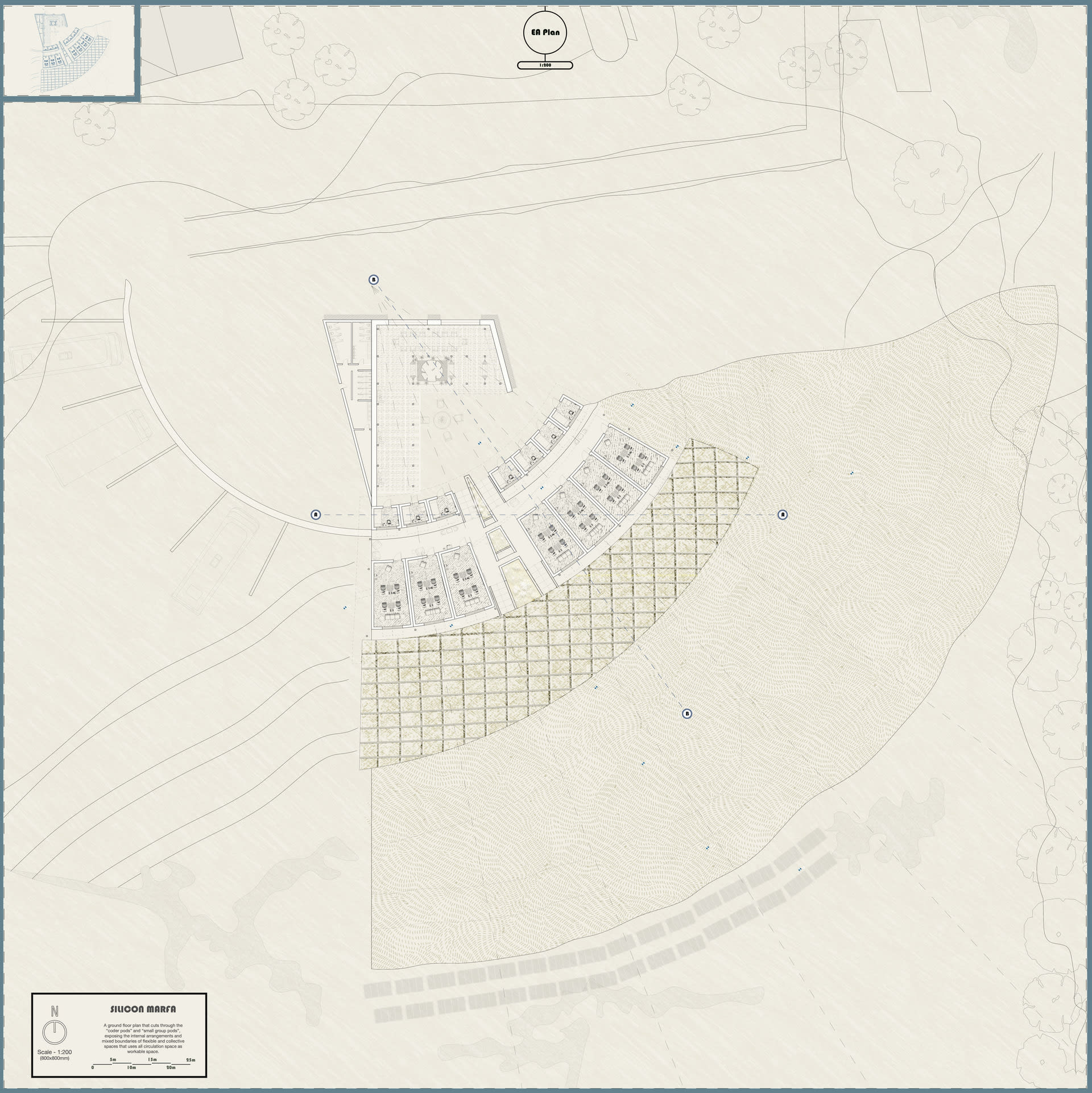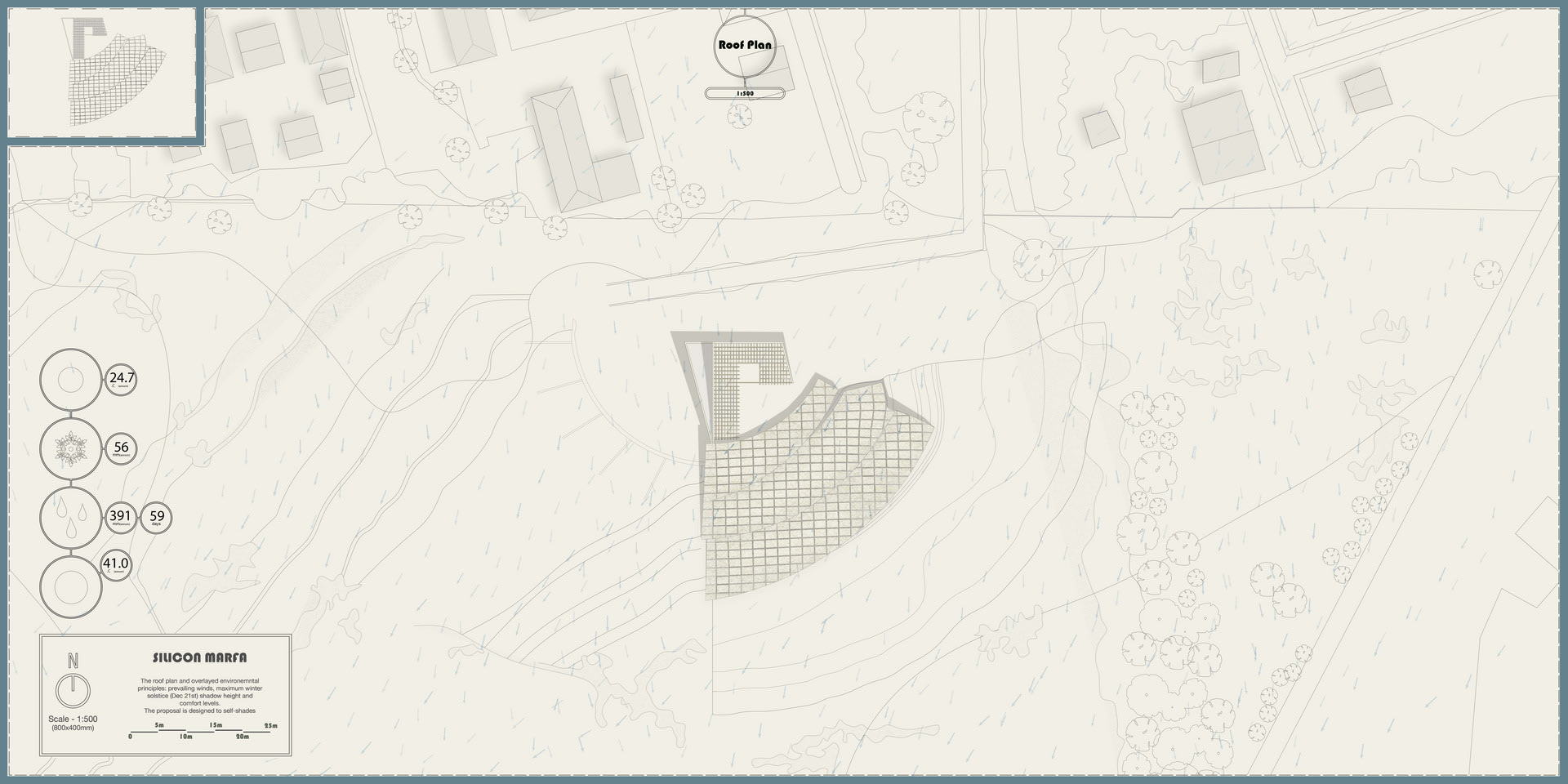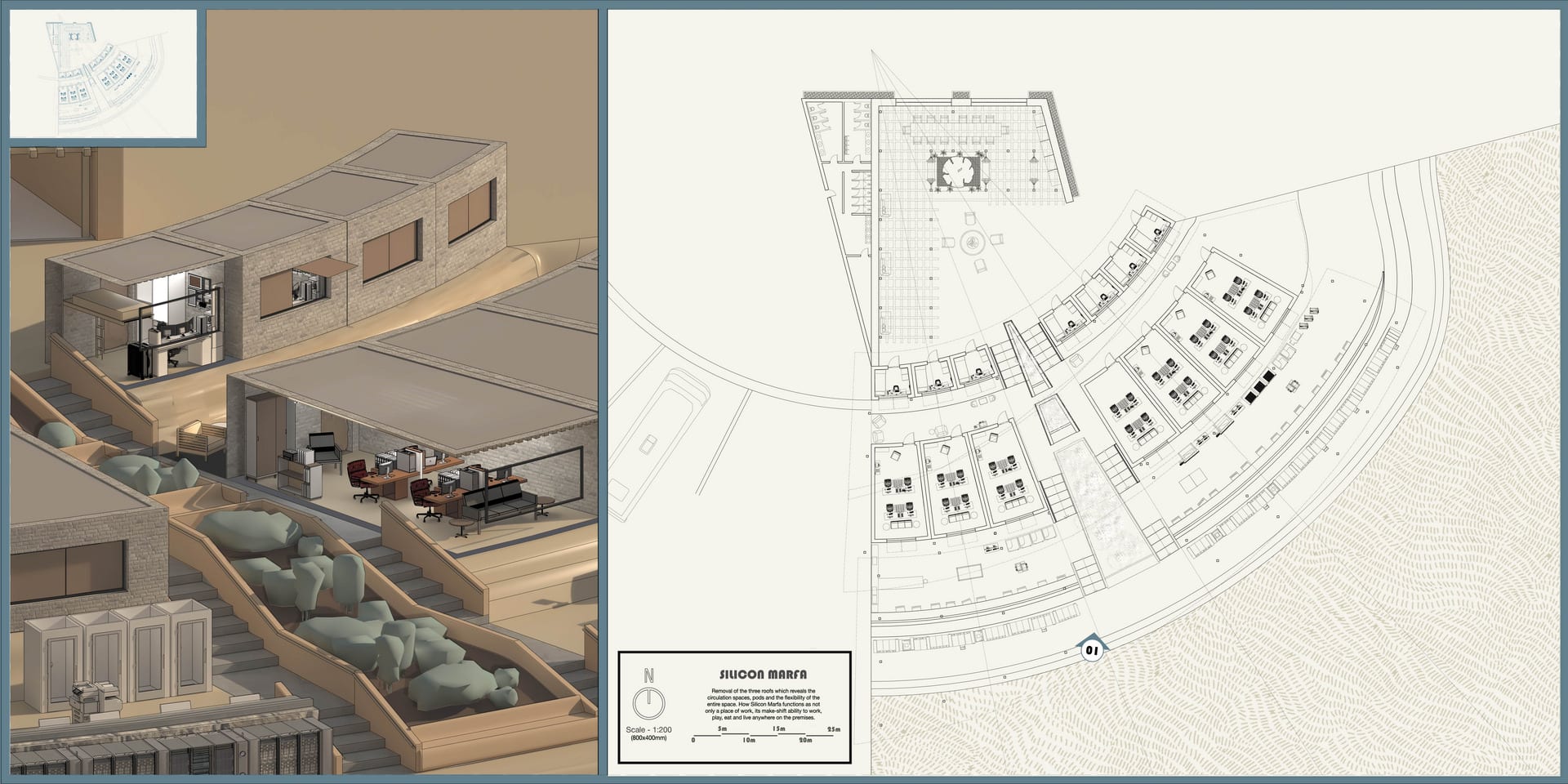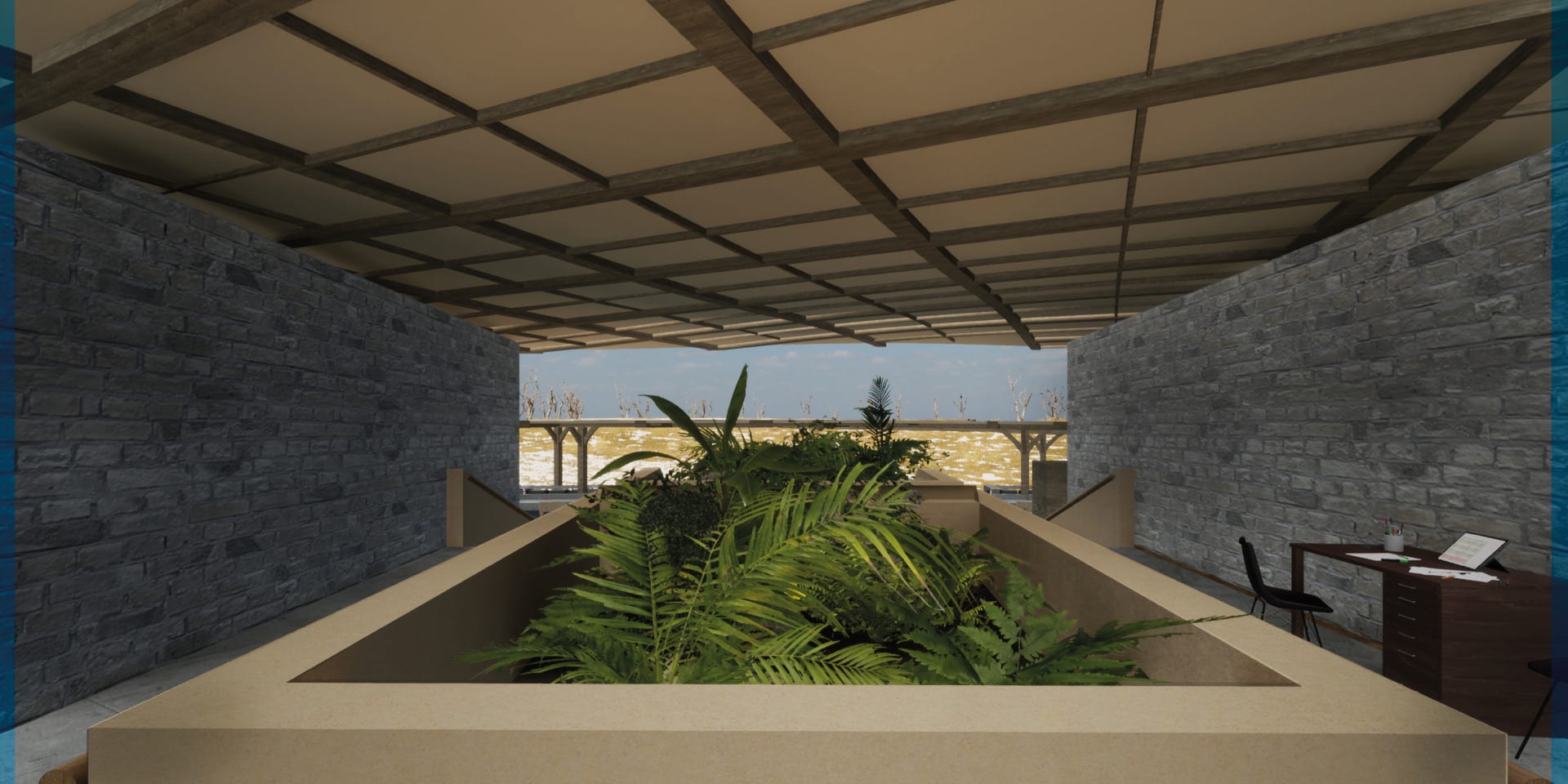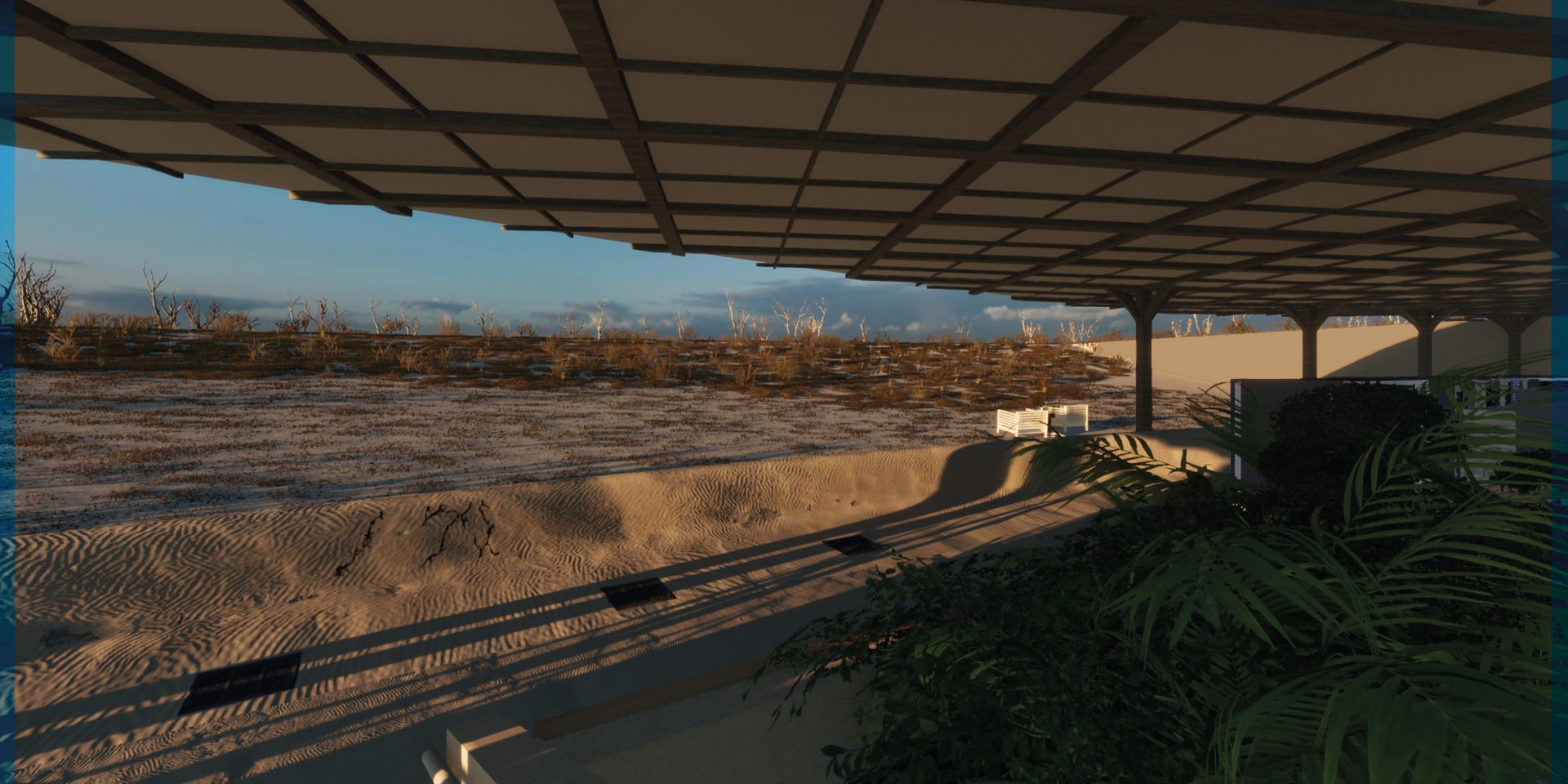Brad is an architectural designer and artist who is currently based in Essex. His interests are deeply routed in the luxury real estate market and contemporary architecture, that spans from ultra modern new builds, to learning about flipping and reselling property.
He graduated in 2019 with an Upper Second Class Honours degree in Architecture from Oxford Brookes University, where he delved into conceptual and biophilic proposals. Brad went into working as an architectural assistant at BPTW, which saw him work on a variety of master planning, town planning, feasibility and BID proposals, while working alongside the planning department on various projects around West London.
During his first year at the RCA, with ADS12 [Melee], his project was looking at the secondary spaces of a city, that researched undocumented workers as the primary users to a terminal space in central Chicago. Using the underground pedway system and multiple access routes, this proposal was swiftly titled, Hiding in Plain Sight.
This year, his work focusses on reimagining and offering a new type of co-working space in Marfa, Texas.

